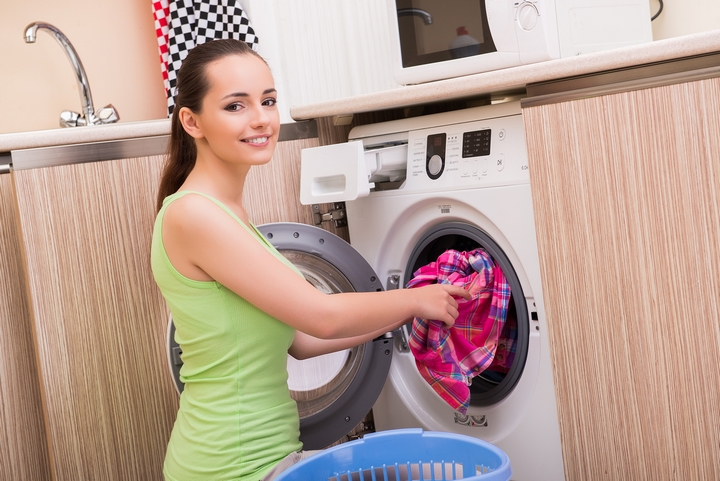Having laundry room plumbing issues? Left unchecked, these issues can cause considerable damage to your laundry room. It’s usually best to get a qualified Drain Rescue plumbers to examine your plumbing if you suspect that there might be a problem. Below are some nifty tips to help keep the plumbing in your laundry room in tip-top shape.
1. Inspect the Washing Machine Supply Lines

The supply lines of your washing machines are a plumbing trouble spot. This is where most problems arise in the laundry room. Do regular checks to ascertain that there are no leaks or flooding. You should conduct inspections at least twice every year. Check for any signs of bubbling, blisters, cracks, or leaks. Tighten the connections at the washing machine and faucet if need be.
2. Replace the Washers

If it is necessary to replace the connections or supply lines of your washing machine, then you must also replace the metal washers. These washers wear out with time and often cause leaks.
3. Organize Laundry Appliances the Right Way

You can help avoid plumbing issues by organizing your laundry room the right way. Make sure the washing machine is pulled away from the wall to avoid kinking the supply lines. This helps avoid blockages. You should never place your appliances too close to each other and always make sure the washing machine is on a flat surface. This helps with optimal performance of the appliances and prevents leaks.
4. Install a Drain Filter

Your washing machine either drains into your laundry sink or into the drain directly. You might want to install a drain filter to catch debris, lint, or particles in the washing water. Left unchecked, these impurities can block your drain. The drain filter will help prevent this. Make sure to clean it often to get rid of the trapped debris. If you have a drain filter inside the washing machine, remember to remove inspect it regularly.
5. Inspect The Laundry Drains

Blockages in the laundry drain can cause plumbing issues and flooding in your laundry room. Even after you’ve installed a drain filter, you will want to have the drain inspected by a plumber once in a while. This way, you will detect any issues before they get out of hand.
6. Check the Laundry Sink

You need to inspect your laundry sink for cracks and leaks or any issues with the drain pipe. Inspect the faucets for strange noises and leaks as well. If you notice any issues with the faucets, it’s usually best to replace rather than repair. A slow draining sink is usually a sign of blockage and you might want to call in a plumber to check it out for you.
7. Regular Plumbing Inspections

Once every year, call in a plumber to do a comprehensive assessment of the plumbing in your laundry room and home. This can help avoid unforeseen plumbing disasters. It will also help bring down repair and maintenance costs. Your water bills may also reduce considerably.
These are some of the routine laundry room plumbing maintenance tasks you should carry out to keep your laundry room functioning at its best.











